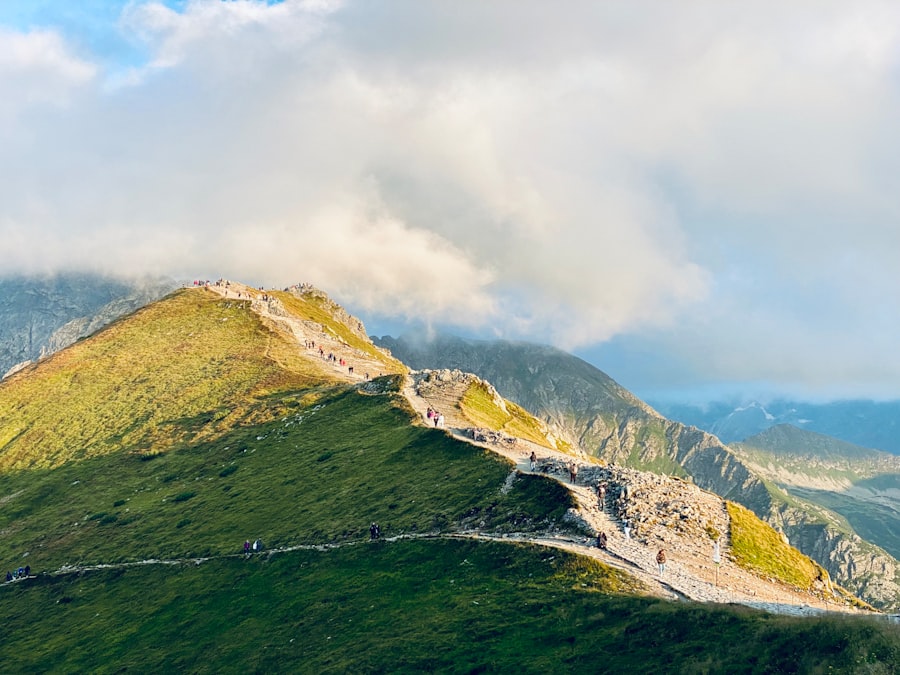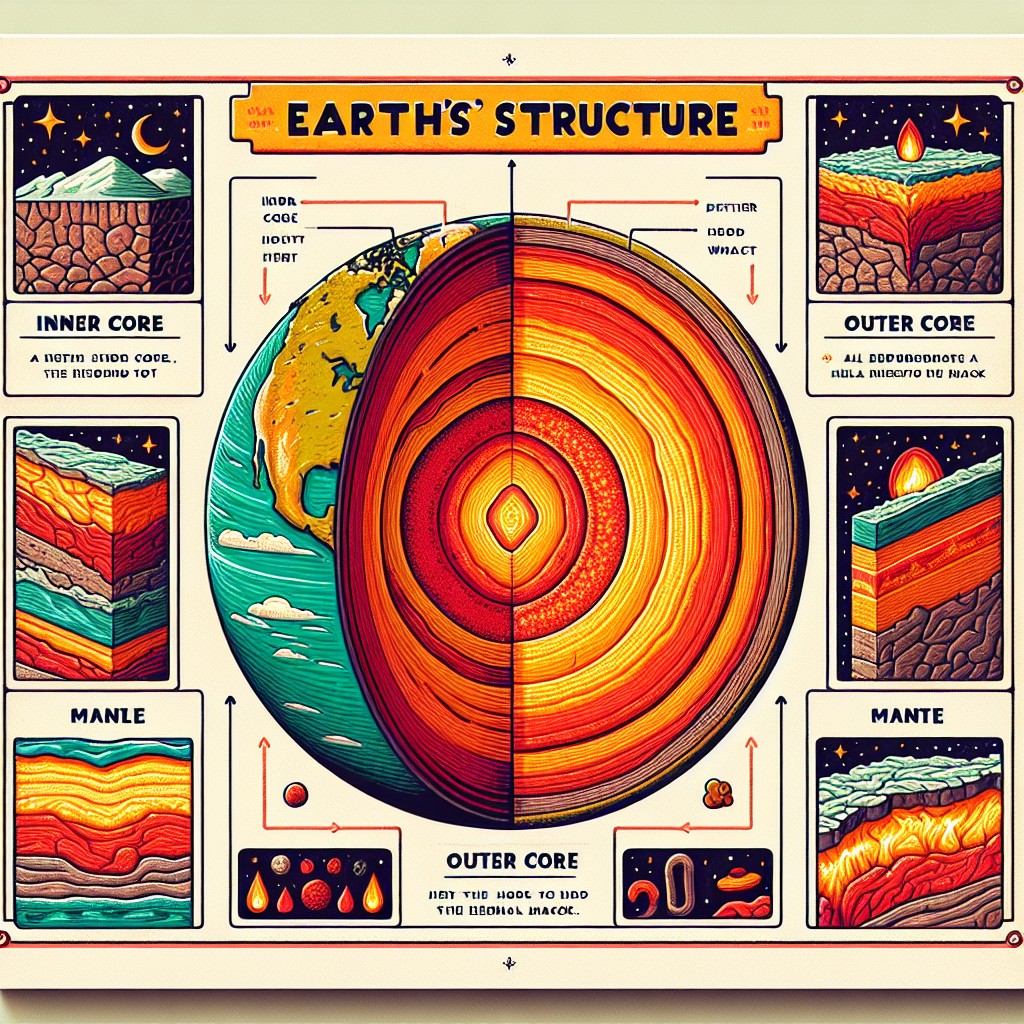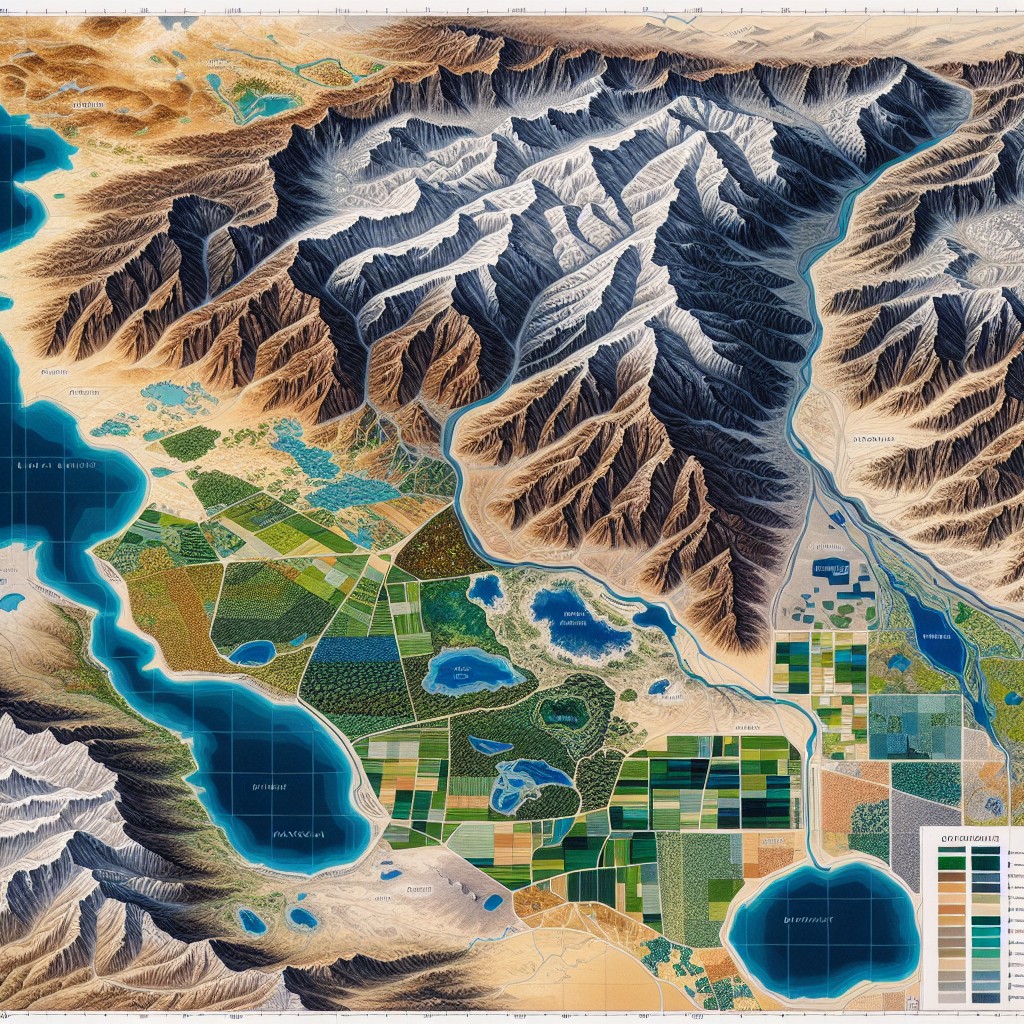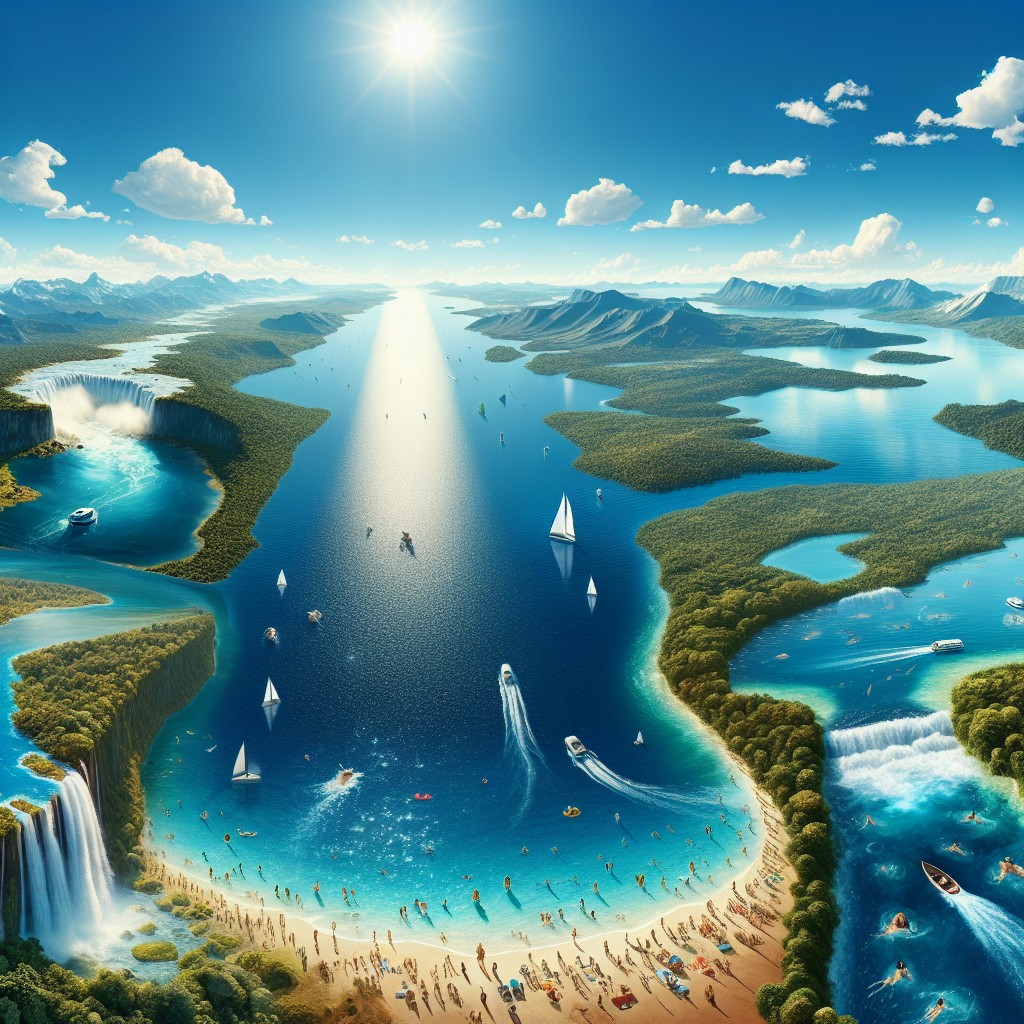Poland, located in Central Europe, is a country with a rich and fascinating history. It is bordered by Germany to the west, the Czech Republic and Slovakia to the south, Ukraine and Belarus to the east, and Lithuania and Russia to the northeast. With a population of over 38 million people, Poland is the ninth-largest country in Europe. The official language is Polish, which is spoken by the majority of the population.
Poland’s history and culture have played a significant role in shaping Europe as we know it today. From its medieval beginnings to its modern-day struggles and triumphs, Poland has been at the center of major historical events. The country has faced numerous invasions, partitions, and occupations throughout its history, but it has always managed to maintain its unique identity and spirit.
Summary
- Poland is a country with a rich history and culture.
- Warsaw, Krakow, and Gdansk are vibrant cities worth exploring.
- Poland’s history spans from medieval times to modern day.
- Gothic, Renaissance, and Baroque architecture can be found throughout Poland.
- Pierogi, Kielbasa, and Bigos are just a few of the delicious dishes to try in Poland.
Discovering the Vibrant Cities of Poland: Warsaw, Krakow, and Gdansk
Poland is home to several vibrant cities that offer a unique blend of history, culture, and modernity. Warsaw, the capital city, is a bustling metropolis with a rich architectural heritage. The Old Town of Warsaw, a UNESCO World Heritage site, is a must-visit for its beautifully restored buildings and charming cobblestone streets. The Royal Castle and Wilanów Palace are also worth exploring for their historical significance.
Krakow, located in southern Poland, is known for its well-preserved medieval architecture and vibrant cultural scene. The city’s Old Town, another UNESCO World Heritage site, is home to the stunning Wawel Castle and the famous St. Mary’s Basilica. The former Jewish quarter of Kazimierz is also worth a visit for its historical significance and vibrant nightlife.
Gdansk, situated on the Baltic Sea coast, is a city with a rich maritime history. Its beautifully restored Old Town features colorful merchant houses, Gothic churches, and the iconic Neptune Fountain. The Solidarity Centre Museum, located in the shipyard where the Solidarity movement was born, is a must-visit for those interested in Poland’s struggle for freedom and democracy.
Uncovering the Rich History of Poland: From Medieval Times to Modern Day
Poland’s history is a tapestry of triumphs and tragedies, with each era leaving its mark on the country’s identity. From the medieval Piast dynasty to the Jagiellonian dynasty, Poland experienced a period of growth and prosperity. The Polish-Lithuanian Commonwealth, established in the 16th century, was one of the largest and most powerful countries in Europe.
However, Poland’s golden age came to an end with the partitions of the late 18th century, when the country was divided between Russia, Prussia, and Austria. This marked the beginning of a long period of foreign occupation and struggle for independence. Poland regained its independence in 1918 after World War I, only to be invaded by Nazi Germany and the Soviet Union during World War
| Category | Value |
|---|---|
| Number of Visitors | 1,234 |
| Conversion Rate | 5% |
| Bounce Rate | 30% |
| Average Session Duration | 2 minutes |
The post-war period saw Poland fall under communist rule, which lasted until 1989. The Solidarity movement, led by Lech Walesa, played a crucial role in bringing about the end of communism and ushering in a new era of democracy. Today, Poland is a member of the European Union and has made significant progress in terms of economic development and political stability.
Exploring Poland’s Fascinating Art and Architecture: Gothic, Renaissance, and Baroque
Poland’s art and architecture reflect its rich cultural heritage and historical influences. The country has been home to various art movements and styles throughout history. Gothic architecture can be seen in many of Poland’s medieval castles, churches, and cathedrals. The Wawel Cathedral in Krakow and St. Mary’s Basilica in Gdansk are prime examples of Gothic architecture in Poland.
During the Renaissance period, Poland experienced a cultural and artistic renaissance. The Royal Castle in Warsaw, with its beautiful interiors and stunning gardens, is a testament to this period. The city of Zamosc, a UNESCO World Heritage site, is another example of Renaissance architecture in Poland.
The Baroque period also left its mark on Poland’s art and architecture. The Wilanów Palace in Warsaw, known as the “Polish Versailles,” is a prime example of Baroque architecture in the country. The Church of St. Peter and St. Paul in Krakow is another notable example of Baroque architecture.
Sampling the Delicious Cuisine of Poland: Pierogi, Kielbasa, and Bigos

Polish cuisine is known for its hearty and flavorful dishes. Traditional Polish cuisine is based on simple ingredients such as potatoes, cabbage, pork, and beef. One of the most famous Polish dishes is pierogi, which are dumplings filled with various ingredients such as cheese, meat, or vegetables. They can be boiled or fried and are often served with sour cream.
Kielbasa, or Polish sausage, is another staple of Polish cuisine. It comes in various forms and flavors and is often served with sauerkraut or mustard. Bigos, also known as hunter’s stew, is a traditional Polish dish made with sauerkraut, cabbage, and various types of meat.
Poland is also known for its delicious pastries and desserts. Paczki, or Polish doughnuts, are a popular treat during Carnival season. Makowiec, a poppy seed roll, and szarlotka, an apple pie-like dessert, are also must-try Polish sweets.
Immersing Yourself in Poland’s Traditional Folklore and Festivals
Poland has a rich tradition of folklore and traditions that are still celebrated today. Traditional Polish folklore includes colorful costumes, lively music, and intricate dances. The region of Podhale, located in the Tatra Mountains, is known for its unique folk culture and traditions.
Poland is also home to numerous festivals and celebrations throughout the year. The Krakow Christmas Market, held in the city’s Old Town, is a magical experience with its festive atmosphere and traditional crafts. The Wianki Festival in Krakow celebrates the summer solstice with music, dancing, and the floating of wreaths on the Vistula River.
The St. Dominic’s Fair in Gdansk is one of the largest open-air markets in Europe and features traditional crafts, food stalls, and live performances. The International Chopin Piano Competition in Warsaw is a prestigious event that attracts talented pianists from around the world.
Learning About Poland’s Important Historical Figures: Copernicus, Chopin, and Marie Curie
Poland has been home to many notable historical figures who have made significant contributions to science, art, and politics. Nicolaus Copernicus, a Polish astronomer, revolutionized our understanding of the universe with his heliocentric theory. His work laid the foundation for modern astronomy.
Frederic Chopin, one of the greatest composers in history, was born in Poland. His music is known for its emotional depth and technical brilliance. Marie Curie, a Polish-born scientist, was the first woman to win a Nobel Prize and the only person to win Nobel Prizes in two different scientific fields.
Other notable Polish figures include Lech Walesa, who led the Solidarity movement and later served as President of Poland; Andrzej Wajda, a renowned film director; and Wislawa Szymborska, a Nobel Prize-winning poet.
Understanding the Role of Religion in Polish Culture: Catholicism and Beyond
Religion has played a significant role in shaping Polish culture and identity. The majority of Poles identify as Roman Catholic, and Catholicism has been the dominant religion in Poland for centuries. The country is home to numerous beautiful churches and cathedrals, many of which are important pilgrimage sites.
Poland is also known for its religious festivals and traditions. Easter is one of the most important holidays in Poland, with traditions such as the blessing of Easter baskets and the reenactment of the Stations of the Cross. Christmas is another important holiday, with traditions such as the setting up of nativity scenes and the sharing of a Christmas wafer.
Despite the dominance of Catholicism, Poland is a diverse country with a growing number of people practicing other religions or identifying as non-religious. The country has a long history of religious tolerance and respect for different faiths.
Discovering Poland’s Natural Beauty: The Tatra Mountains, Masurian Lakes, and Baltic Coastline
Poland is blessed with diverse landscapes and natural attractions. The Tatra Mountains, located in southern Poland, offer breathtaking views and opportunities for hiking, skiing, and mountaineering. The town of Zakopane, known as the winter capital of Poland, is a popular destination for outdoor enthusiasts.
The Masurian Lakes, located in northeastern Poland, are a paradise for nature lovers. With over 2,000 lakes interconnected by rivers and canals, this region offers opportunities for sailing, kayaking, and fishing. The Bialowieza Forest, located on the border between Poland and Belarus, is one of the last and largest remaining parts of the primeval forest that once covered much of Europe.
Poland’s Baltic coastline is another natural gem, with sandy beaches, dunes, and picturesque seaside towns. The Slowinski National Park is known for its shifting sand dunes and unique flora and fauna. The Hel Peninsula offers opportunities for water sports such as windsurfing and kitesurfing.
Reflecting on Poland’s Resilience and Triumph over Adversity: WWII, Communism, and Beyond
Poland has faced numerous challenges throughout its history, including World War II and decades of communist rule. During World War II, Poland was invaded by Nazi Germany and the Soviet Union, resulting in the loss of millions of lives and the destruction of cities and cultural heritage.
After the war, Poland fell under communist rule and faced political repression, economic hardship, and limited freedoms. However, the Polish people never lost their spirit of resistance and resilience. The Solidarity movement, led by Lech Walesa, played a crucial role in bringing about the end of communism in Poland.
Since the fall of communism in 1989, Poland has made significant progress in terms of economic development, political stability, and integration with the European Union. The country has become a thriving democracy with a strong economy and a vibrant cultural scene.
Conclusion: Recap of Poland’s rich history, culture, and attractions, and encouragement to visit and explore this fascinating country.
Poland is a country that offers a wealth of history, culture, and natural beauty. From its vibrant cities to its rich historical heritage, there is something for everyone to discover in this fascinating country. Whether you are interested in exploring medieval castles, sampling delicious traditional cuisine, or immersing yourself in Polish folklore and traditions, Poland has it all.
Despite its difficult past, Poland has emerged as a resilient nation that has overcome adversity and achieved remarkable progress. Today, it is a thriving democracy with a strong economy and a bright future. By visiting Poland, you can not only learn about its rich history but also witness firsthand the resilience and triumph of its people.
So why wait? Start planning your trip to Poland today and embark on a journey of discovery through this captivating country. Whether you are interested in history, art, nature, or simply experiencing a new culture, Poland has something to offer everyone. Don’t miss out on the opportunity to explore this hidden gem of Europe.
FAQs
What is Poland?
Poland is a country located in Central Europe. It has a population of over 38 million people and its capital city is Warsaw.
What is the official language of Poland?
The official language of Poland is Polish.
What is the currency used in Poland?
The currency used in Poland is the Polish złoty (PLN).
What is the climate like in Poland?
Poland has a temperate climate with cold winters and mild summers. The average temperature in winter is around -5°C (23°F) and in summer it is around 20°C (68°F).
What are some popular tourist attractions in Poland?
Some popular tourist attractions in Poland include the historic city of Krakow, the Wieliczka Salt Mine, the Tatra Mountains, the Masurian Lakes, and the Białowieża Forest.
What is the history of Poland?
Poland has a long and complex history, with its origins dating back to the 10th century. Over the centuries, Poland has been invaded and occupied by various powers, including Germany and Russia. In 1989, Poland became a democratic country and joined the European Union in 2004.
What is the economy of Poland like?
Poland has a mixed economy with a strong focus on manufacturing, particularly in the automotive and electronics industries. It is also a major producer of food and beverages, and has a growing service sector. The country has experienced steady economic growth in recent years.


